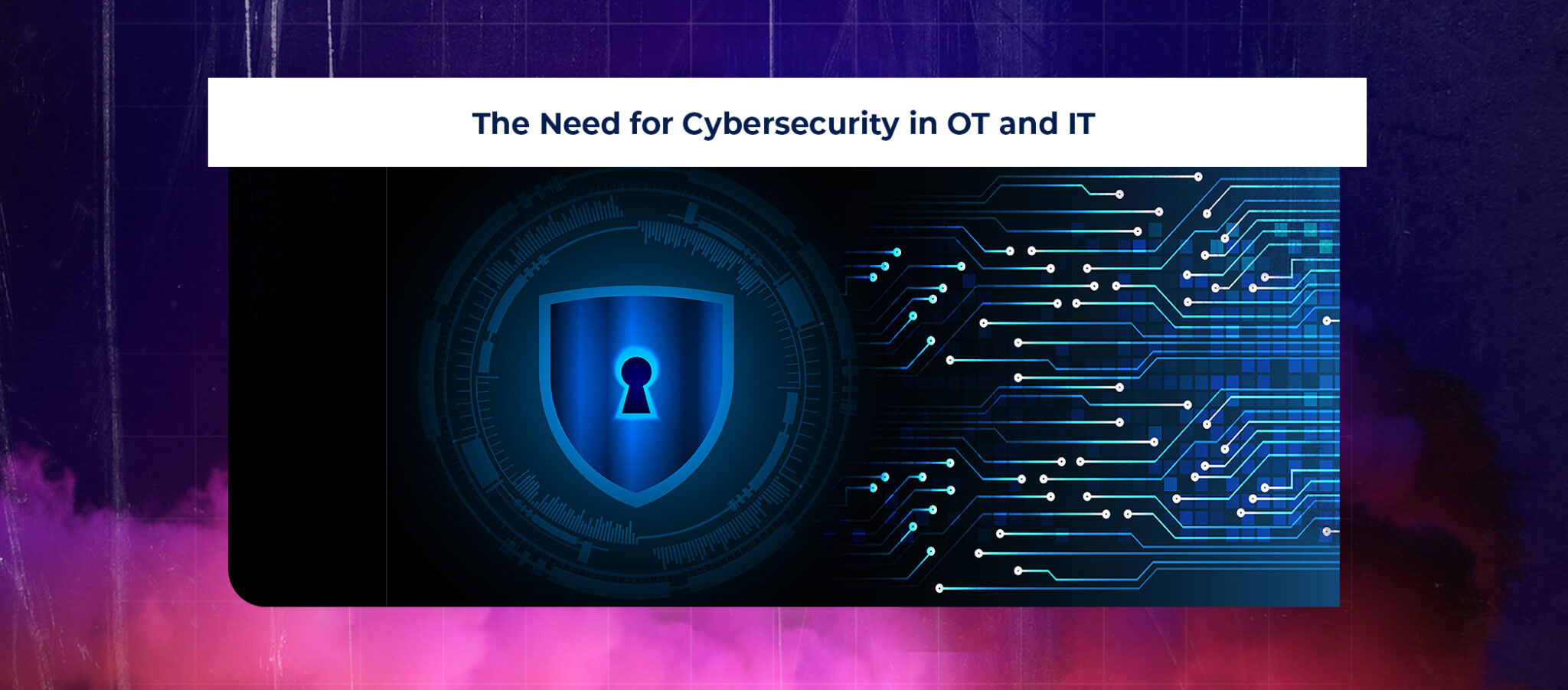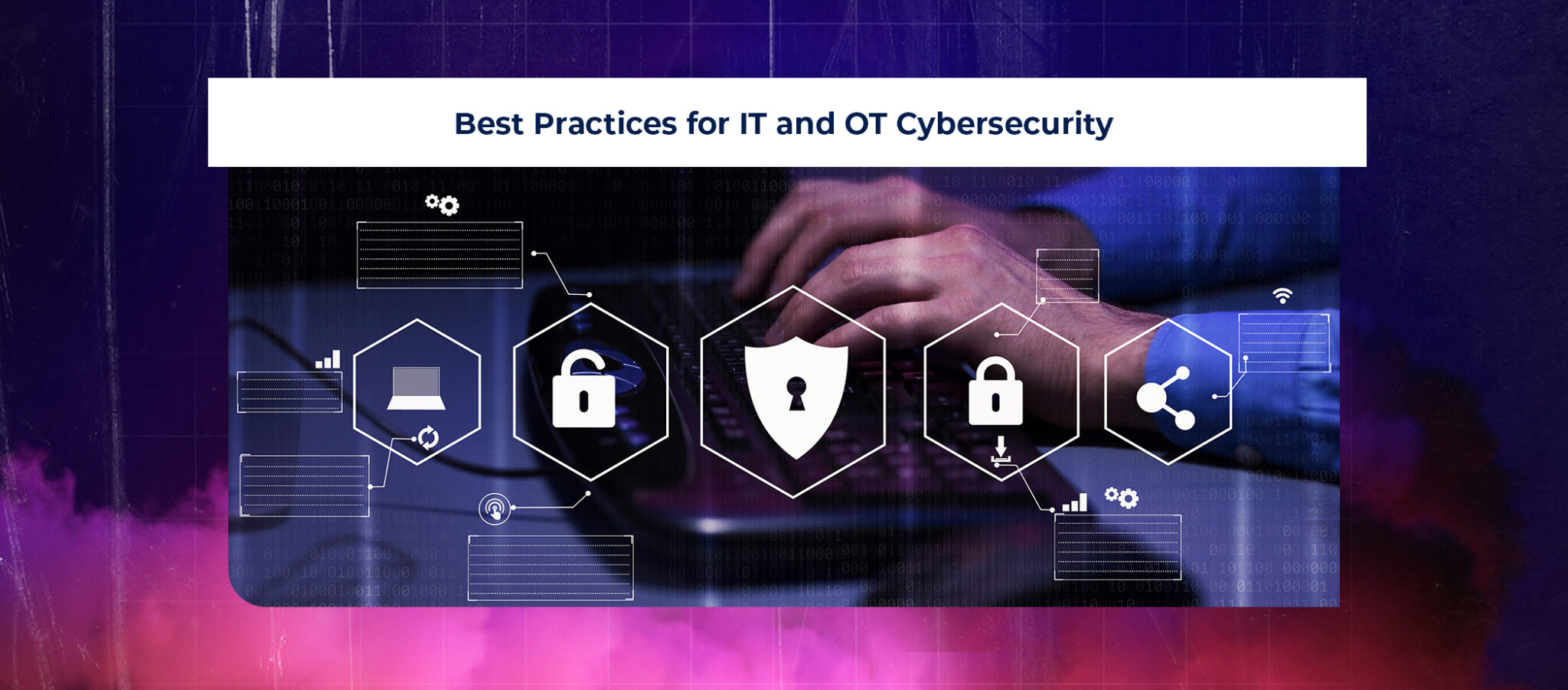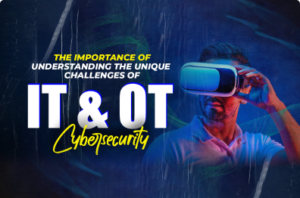Cybersecurity threats have been increasing at an alarming rate, and organizations must continuously adapt to address these threats. The convergence of Information Technology (IT) and Operational Technology (OT) has created new challenges for cybersecurity. IT systems deal with data, communication, and networking, while OT systems control physical processes, such as manufacturing, transportation, and energy production. As these systems converge, cybersecurity must be prioritized to ensure the safety, reliability, and security of critical infrastructure.
PeoplActive is an ISO 27001:2013 certified leading tech hiring platform. By utilizing an exclusive network of 4000+ Silicon Valley calibre tech talent specialized in 100+ in-demand IT skills, it was pretty easy for businesses to hire game-changing engineers and developers in just 48 hours. So, if you want to accelerate your business, schedule a quick call with our experts now.
In this blog post, we will explore the unique challenges of IT and OT cybersecurity and the importance of understanding and addressing these challenges to protect against cybersecurity threats. Understanding these challenges will enable organizations to implement the necessary security controls, perform regular audits, and collaborate between IT and OT teams to improve overall cybersecurity posture. By bridging the gap between IT and OT cybersecurity, we can ensure the continued functioning of critical infrastructure and protect against the ever-evolving cybersecurity threats.
[ez-toc]
Understanding Operational Technology (OT)
Operational technology (OT) refers to the hardware and software systems used to monitor and control physical processes in industries such as manufacturing, transportation, energy, and utilities. OT systems include sensors, programmable logic controllers (PLCs), supervisory control and data acquisition (SCADA) systems, and other devices that control physical processes.
OT systems have unique characteristics that differentiate them from IT systems. OT systems have real-time requirements, high availability, and determinism. These systems need to operate continuously and reliably, with minimal downtime or disruption. OT systems also focus on safety, reliability, and efficiency, as any disruption to these systems can have severe consequences, such as equipment damage, production loss, or even injury to personnel.
Understanding Information Technology (IT)
Information technology (IT) refers to the hardware and software systems used to manage, store, process, and transmit data. IT systems include servers, networks, databases, operating systems, and other devices that support data processing and management.
IT systems have different characteristics compared to OT systems. IT systems focus on the confidentiality, integrity, and availability of data. These systems support business operations, such as accounting, customer management, and supply chain management.
Also Read: Navigating the Changing Landscape of Cybersecurity in 2023
The Need for Cybersecurity in OT and IT
Cybersecurity is critical in both IT and OT systems, as cyber-attacks can have severe consequences on the safety, reliability, and security of these systems. A cyber-attack can disrupt operations, cause equipment damage, and even lead to injury or loss of life. Cybersecurity threats in OT systems can also have environmental impacts, such as oil spills or chemical releases.
Cybersecurity threats in IT systems can lead to the theft or loss of sensitive data, such as financial information, intellectual property, or customer data. A data breach can damage a company’s reputation, lead to legal action, and incur significant financial losses.

Unique Challenges of IT and OT Cybersecurity
Different Technology Stacks
IT and OT systems use different technology stacks. IT systems generally use off-the-shelf software and hardware, while OT systems are highly customized and proprietary. This difference makes it challenging to apply IT cybersecurity tools and methods to OT systems.
Different Priorities
IT systems prioritize data confidentiality, integrity, and availability, while OT systems prioritize safety, reliability, and availability. This difference in priorities can make it challenging to balance cybersecurity measures and operational requirements.
Different Timeframes
IT systems generally operate on short timeframes, with quick responses to cybersecurity incidents. OT systems, on the other hand, operate on long timeframes, with slow responses to changes and cybersecurity incidents.
Lack of Understanding
Many IT professionals lack a basic understanding of OT systems, and vice versa. This knowledge gap can lead to communication gaps and misaligned priorities.
Importance of Understanding Unique Challenges of IT and OT Cybersecurity
Improved Cybersecurity Posture
Understanding the unique challenges of IT and OT cybersecurity can lead to better cybersecurity posture for both systems.
More Efficient Response
Understanding the differences in priorities and timeframes can lead to more efficient response to cybersecurity incidents in both IT and OT systems.
Better Collaboration
By understanding the unique challenges of IT and OT cybersecurity, IT and OT teams can work together more effectively, leading to a more holistic cybersecurity strategy.
Compliance
Understanding the unique challenges of IT and OT cybersecurity is essential for complying with regulatory requirements.
Also Read: Approaches In Network Security for Businesses
Best Practices for IT and OT Cybersecurity
Conduct Risk Assessments
Conduct risk assessments for both IT and OT systems to identify vulnerabilities and potential threats.
Implement Security Controls
Implement security controls that are tailored to both IT and OT systems, taking into account their unique requirements and priorities.
Regular Audits
Conduct regular audits to ensure that both IT and OT systems are in compliance with regulatory requirements and best practices.
Training and Awareness
Provide training and awareness programs to IT and OT personnel to help them understand the unique challenges of IT and OT cybersecurity.
Collaboration
Foster collaboration between IT and OT teams, to ensure that both teams understand each other’s priorities and requirements.
Incident Response Plan
Develop and maintain an incident response plan that includes both IT and OT systems.
Patch Management
Establish and maintain a patch management program for both IT and OT systems, to ensure that security vulnerabilities are addressed promptly.

Final Thoughts
PeoplActive’s consulting and on-demand talent-hiring services offer a unique and effective way to address the cybersecurity challenges faced by organizations today. PeoplActive’s experienced consultants can provide tailored solutions that are specific to an organization’s needs, helping them to identify vulnerabilities and implement effective controls. With PeoplActive’s on-demand talent-hiring services, organizations can quickly and easily augment their cybersecurity workforce with experienced professionals on a short-term or long-term basis. This enables organizations to scale their cybersecurity resources as needed, without the costs and complexities associated with traditional hiring processes. Ultimately, PeoplActive’s consulting and on-demand talent-hiring services provide a flexible and cost-effective solution for organizations looking to enhance their cybersecurity posture and protect their critical assets.



















